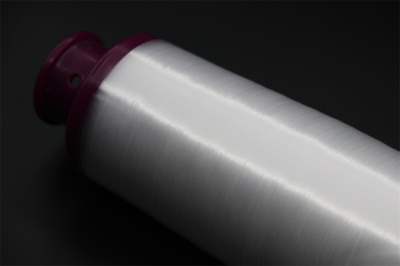
Strengthening Concrete Structures with CFRP: Key Features, Applications, and Challenges
2024-06-21 13:40
Characteristics and Performance of CFRP Reinforced Plastics
Carbon Fiber Reinforced Plastics (CFRP) are crucial in the reinforcement of concrete structures. Carbon fibers, derived by carbonizing organic fibers, contain over 90% carbon content. CFRP sheets are extensively used in China for strengthening concrete structures, often sourced from Japan. These sheets come in various forms such as unidirectional sheets, prepreg sheets, and bidirectional fabrics.
Compared to traditional construction steel, CFRP offers several advantages:
High Tensile Strength: Superior to ordinary steel.
Anisotropy: Different strengths in different directions.
Lightweight: About one-fifth the density of steel.
Corrosion Resistance: Highly resistant to most chemicals.
Low Thermal Expansion: Minimal expansion with temperature changes.
Good Vibration Damping: Quickly attenuates vibrations.
Flexibility: Can be shaped and colored as needed.
Non-Magnetic: No magnetic properties.
CFRP's characteristics make it ideal for tensile and prestressed components in concrete structure reinforcement. It enhances the mechanical properties, durability, and ease of installation in various civil engineering applications.
Application Studies of CFRP Reinforced Plastics
Current Applications in China
CFRP has been used for concrete structure reinforcement in developed countries and started gaining traction in China around 1996. Extensive research and application in industrial and civil buildings, bridges, and tunnels have shown promising results. CFRP is mainly used to constrain crack development and bear tensile stress in old and new bridges.
China has established technical standards for CFRP reinforcement in concrete structures. Research conducted by universities like Tsinghua and Tongji has provided valuable data, indicating a bright future for CFRP materials in China.
International Applications
CFRP technology matured in the aerospace industry and was later applied in civil engineering in the US during the 1960s. It gained significant attention in the 1980s in Europe, Japan, and Australia. Countries like Japan conducted extensive research on CFRP for structural reinforcement, recognizing its mechanical properties and ease of construction.
In the 1990s, CFRP was widely used in bridge, tunnel, and building reinforcement projects globally. Organizations like ACI 440 in the US have advanced CFRP technology, leading to the reinforcement of approximately 600,000 bridges.
Challenges in CFRP Application Research
While CFRP reinforcement technology is recognized globally, several challenges remain. Comprehensive theoretical analysis and numerical research are needed, but experimental research on mechanical performance is limited. Issues like coordination between CFRP components and the entire structure, and potential localized damage due to load redistribution require further investigation.
Technical challenges persist, especially in developing appropriate domestic standards and guidelines. China's unique context requires tailored standards for material production, usage, inspection, reinforcement design, calculation, construction, and acceptance criteria.








